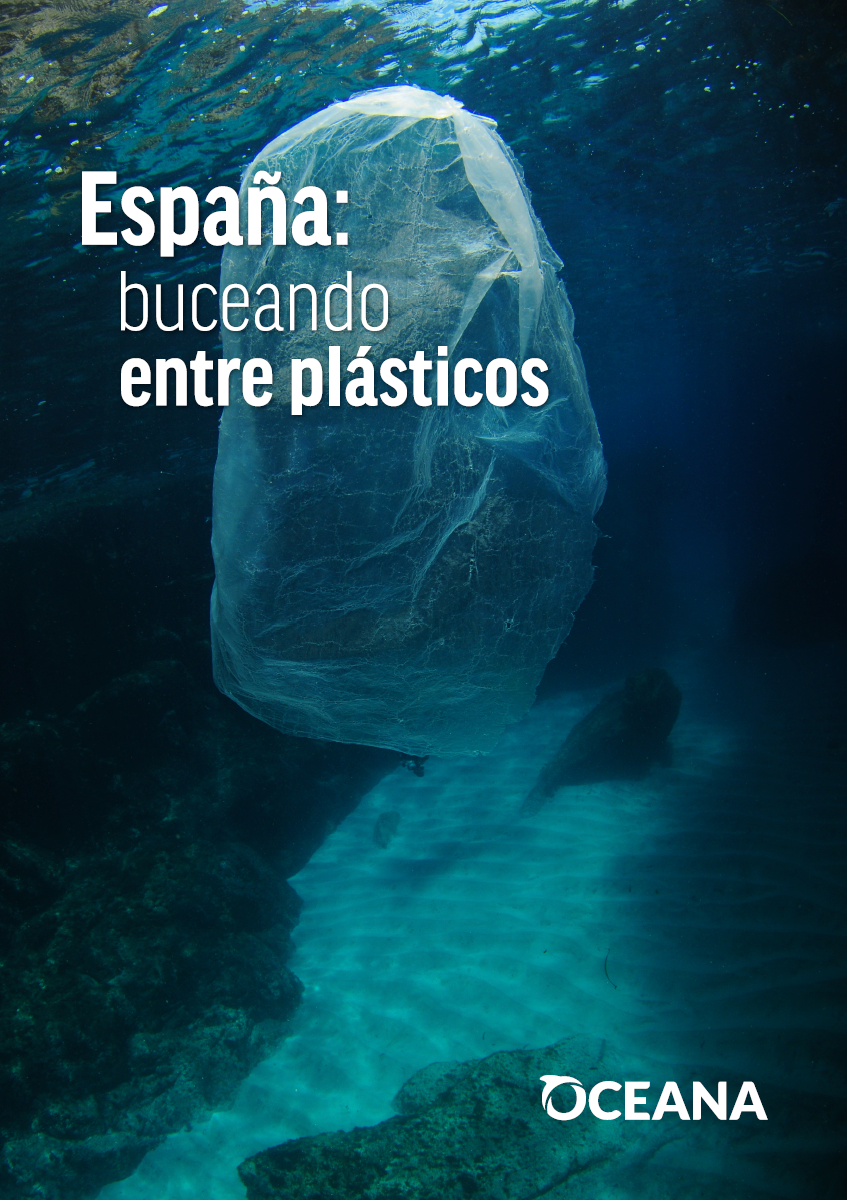New Oceana study identifies hot spots most at risk of becoming “plastic traps”
More than 90% of Spanish waters are of great depth, where the removal of waste is practically unfeasible
Oceana has published a report in which it reveals the high susceptibility of Spanish waters to accumulate plastics due to the high urbanization of the coastline, the existence of a semi-closed sea like the Mediterranean and the complex geomorphology of the deep seabeds. With 92.4% of waters below 200 meters, Spain is the second country in the European Union by depth of its seas. Canyons, escarpments and seamounts are enclaves rich in biodiversity, but also “plastic traps” from which it is not feasible to remove garbage.
In this sense, the most populated coastal areas of the country and the river mouths are the main sources of the plastic spill that ends up at the bottom of the sea. For its part, the Mediterranean side, especially the Balearic archipelago, some areas of Murcia and the Alboran Sea are marine areas that stand out for their vulnerability. Likewise, the Cantabrian continental shelf, specifically areas close to Galicia, Cantabria and the Basque Country, are areas considered at risk.
The director of the Oceana Plastics campaign in Europe, Natividad Sánchez, explains that “ this study shows that Spain is especially vulnerable to the global threat of plastics and therefore must act decisively. The legislation must respond to the reality of the country: high population on the coast, tourist pressure, semi-closed or deep seas. That we do not see the waste does not mean that it is not there, on the contrary, plastics tend to accumulate in deep ecosystems and can take centuries to degrade ”.
80% of the plastics that are dumped into the ocean come from land [i] . Most of the time they are transported to the sea through the sewage system, blown by storms or moved by the wind from urban environments and channeled through mouths, bays and river areas.
“ In fifteen years of field research we have documented hundreds of locations in Spanish waters and the common point between all of them has always been the presence of marine litter derived from human activity. One of the most unknown dangers is that the geomorphological structures at great depth act as plastic traps and turn these ecosystems into underwater landfills ”, points out the director of Oceana’s Expeditions in Europe, Ricardo Aguilar.
The organization’s findings confirm the urgent need to create an ambitious legal framework to apply Directive 2019/904 on Single-Use Plastics in Spain and go beyond the minimums set by the EU to drastically reduce the arrival of plastics. Sea.
For this, Oceana proposes measures such as eliminating cups and disposable food containers in bars, restaurants and government buildings, reducing the consumption of wet wipes, eliminating plastic rings from beverage packs and releasing balloons. In addition, it calls for setting targets in the marketing of refillable containers, introducing a tax on non-sanitary single-use plastic products and developing protocols for the removal of waste from the seabed.
Access the report: Spain: Diving among plastics
[i] Sherrington, C. 2016. Plastics in the Marine Environment . Eunomia Research & Consulting Ltd, Bristol, 13 pp. https://www.eunomia.co.uk/reports-tools/plastics-in-the-marine-environment/
